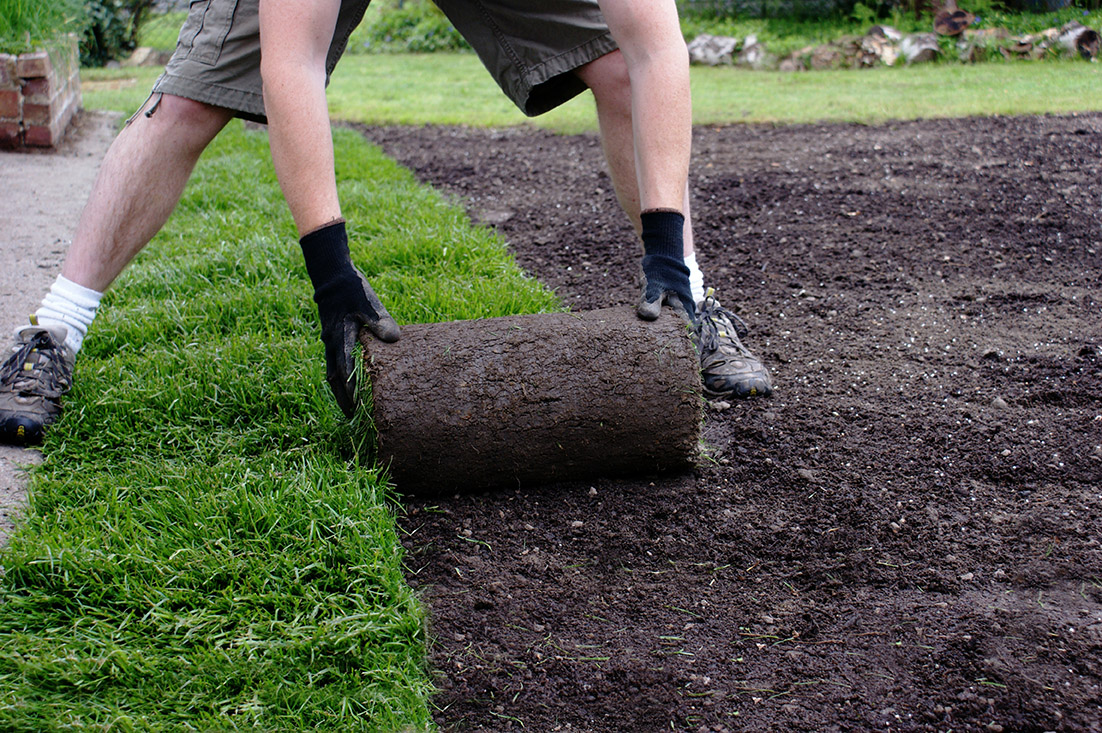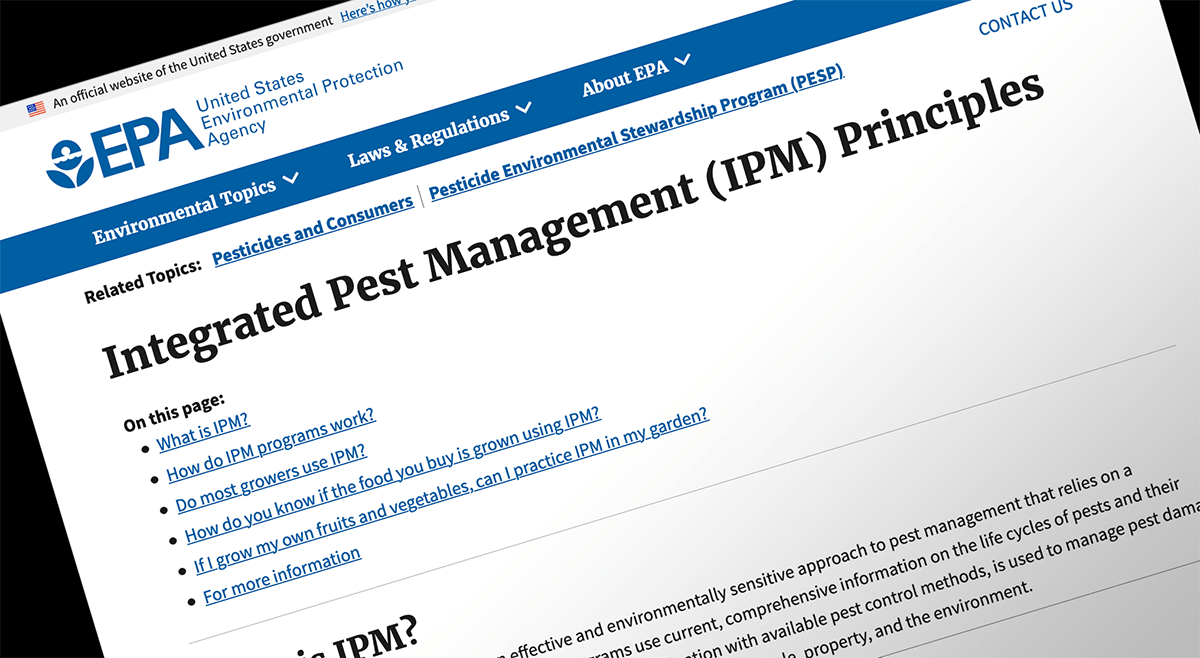Whether in a large turfgrass farm or residential lawn, weed management remains important throughout summer. Weeds detract from the beauty of turfgrass, plus they compete for sunlight, moisture, nutrients and space. Left untended, weeds have the potential to dominate an area where turfgrass grows.
Quality turfgrass is important to our daily activities, as the late, famed agronomist James B. Beard wrote. It aids with erosion control; can eliminate dusty or muddy areas; reduces noise, glare and pollution; reduces heat and in many cases, provides direct economic benefits to growers and other landowners. It is also part of multiple recreational activities and looks great in well-tended lawns, golf courses, parks and other areas.
Turfgrass is environmentally important, as well. Like all green plants, it absorbs CO2 from the atmosphere. It also helps with water infiltration as it efficiently uses irrigation water and reduces runoff from rainfall and helps filter suspended contaminants in it. Thus, keeping turfgrass healthy and weed-free helps us all.
It helps control water runoff, too. A 5,000 square foot natural grass lawn has the potential to capture around 2,000 gallons of rainwater before runoff occurs on sandy-loam soil, and up to 27,000 gallons of rainwater before runoff occurs on sandy soil, according to The Lawn Institute.
Whether targeting weeds or insects, an integrated approach to pest management will deliver the most efficacy. Cultural practices that promote vigorous turfgrass growth and development are especially helpful. Weeds have difficulty invading turfgrass that is properly fertilized, watered and mowed to appropriate heights.
Frequent mowing at recommended height guidelines greatly limits many annual and biennial weeds. Hand pulling, hoeing, cultivating, controlled burning and mulching also help control weeds.
For perennial weeds and ongoing infestations of other weeds, herbicides round out IPM protocols. Four types of herbicides are available: selective, nonselective, preemergence and postemergence. The label on each will specify application rates and is always the best reference for safe and effective use.
For more information on herbicides and all other Neudorff products, choose your country below:
Click for Canada
Click for USA
Sources:
Pennsylvania State University
The Lawn Institute
Turfgrass: Science and Culture
University of Georgia Extension


